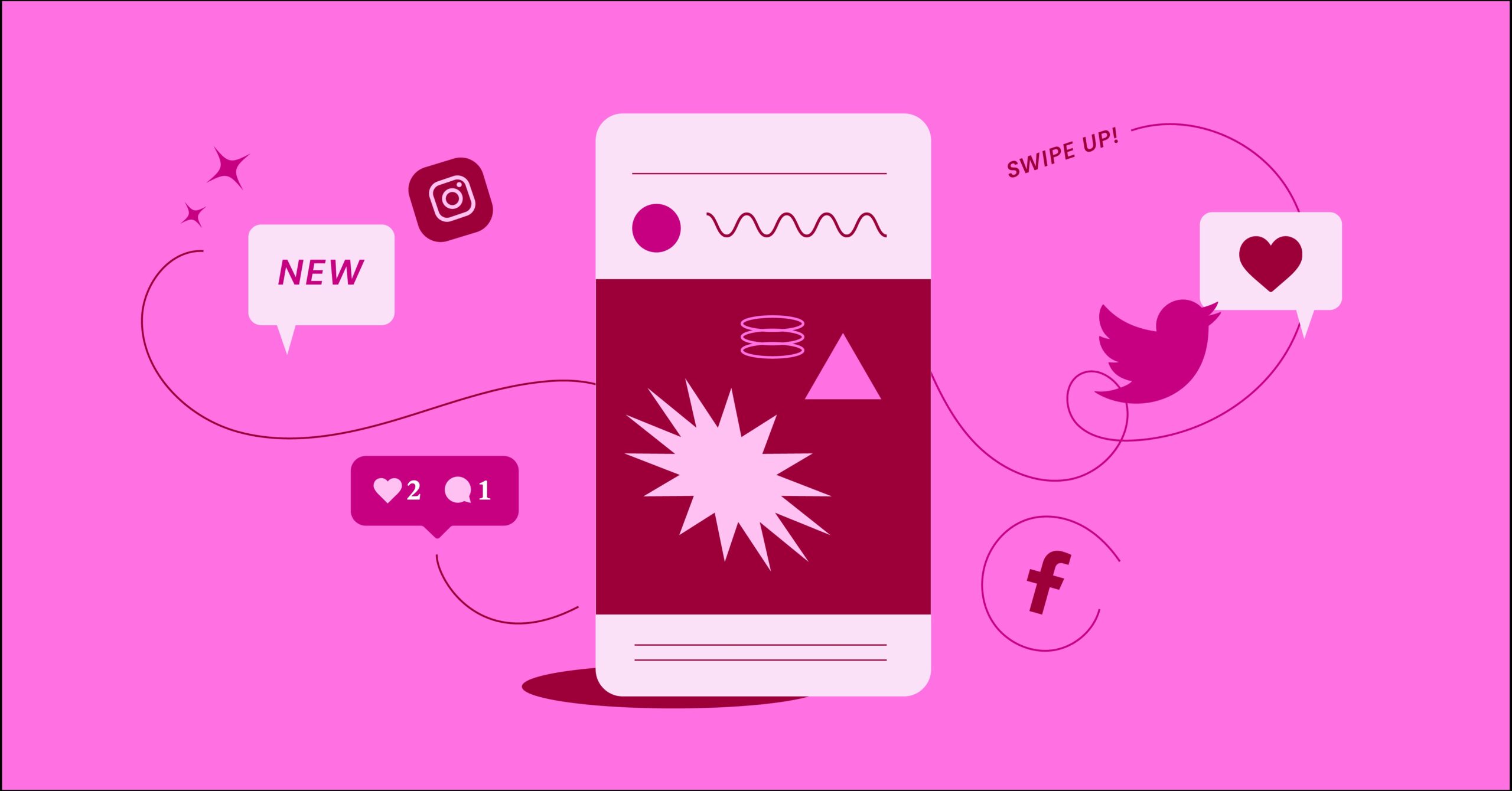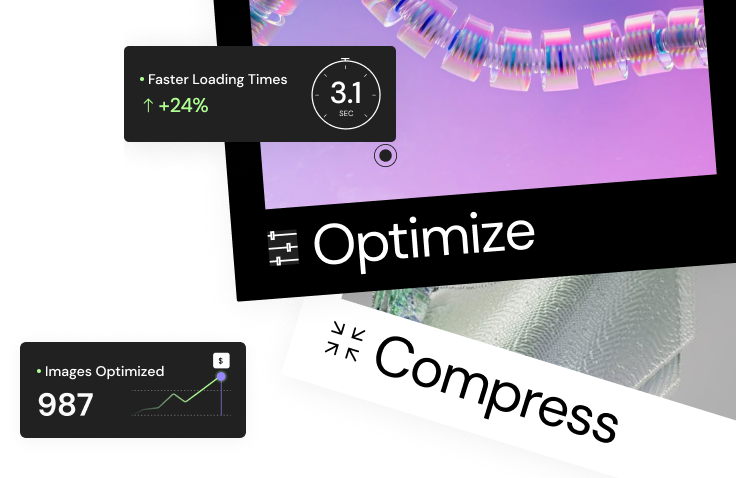Table of Contents
You’ve poured hours into creating amazing video content. You’ve edited, polished, and perfected it. Now comes the crucial moment: hitting that “Publish” button. But when should you do it? Does the time you post on YouTube actually matter? Absolutely. Posting at the right time can significantly boost your video’s initial traction, signaling to the YouTube algorithm that your content is worth showing to more people.
Getting that timing right means more views, more engagement, and faster channel growth. Let’s dive into how you can find the best times and days to post for your specific audience.
Understanding Your Audience: The First Step to Perfect Timing
Before you even think about specific times, you need to know who you’re trying to reach. Your audience’s habits dictate when they’re most likely to be online and ready to watch your videos. Guessing won’t cut it; you need data.
Identifying Your Target Demographic
Who are your viewers? Are they students, working professionals, stay-at-home parents? Are they primarily in one country, or spread across the globe? Knowing this helps you make educated guesses about their daily routines.
Thankfully, YouTube provides fantastic tools to figure this out. Head over to YouTube Studio, your main hub for managing your channel.
- Click on Analytics in the left-hand menu.
- Select the Audience tab.
Here, you’ll find valuable demographic information:
- Age and Gender: See the age ranges and gender distribution of your viewers. A younger audience might be active after school hours, while an older demographic might watch more in the evenings or on weekends.
- Top Geographies: This shows you where your viewers are located. If you have a large audience in a different time zone, you absolutely need to consider that when scheduling your posts. For example, posting at 3:00 PM your time might be 3:00 AM for a significant chunk of your audience – not ideal!
Understanding these basics gives you a foundational picture of who is watching and where they are. This information is the starting point for figuring out their online behavior.
Analyzing Viewer Activity Patterns
Knowing who your audience is great, but knowing when they are actually on YouTube is even better. YouTube Analytics provides a specific report for this.
Still within the Audience tab in YouTube Studio, look for the card titled “When your viewers are on YouTube”. This report is often a game-changer.
- What it shows: It’s typically displayed as a heatmap or a bar chart covering the entire week. It uses color intensity (often shades of purple) to show when the largest number of your specific viewers are active on YouTube (not just online in general, but actively using YouTube). Darker shades mean more viewers are active; lighter shades or blank areas mean fewer viewers.
- How to use it: Look for the days and times with the darkest colors. These are your potential peak viewing windows. If you see consistently dark purple bars around 7:00 PM on weekdays, that’s a strong signal.
- Time Zone Consideration: Crucially, this report displays data in your local time zone. If your audience is heavily concentrated in a different time zone (as identified in “Top Geographies”), you’ll need to do some mental conversion or focus on times that work reasonably well for the majority. If your audience is truly global, finding a single perfect time can be tricky, and we’ll discuss strategies for that later.
This report is arguably the single most important piece of data for optimizing your posting schedule based on your unique audience.
Understanding your viewers is non-negotiable for effective YouTube timing. Use YouTube Analytics to identify key demographics like age and location. Then, dive into the “When your viewers are on YouTube” report to pinpoint the specific days and hours your audience is most active on the platform. This data forms the bedrock of your posting strategy.
Grow Your Sales
- Incredibly Fast Store
- Sales Optimization
- Enterprise-Grade Security
- 24/7 Expert Service
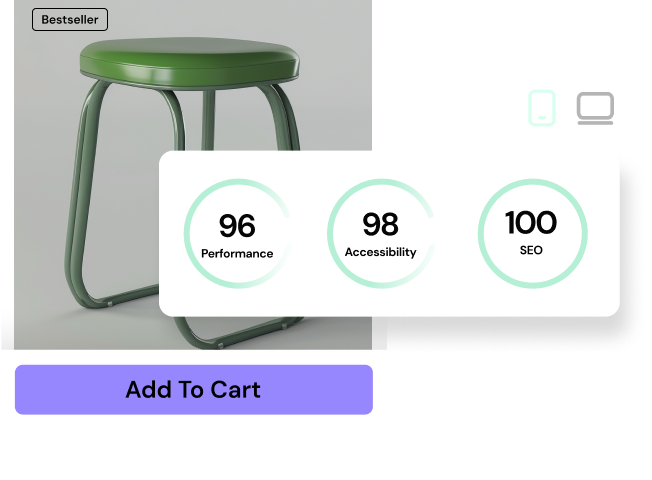
- Incredibly Fast Store
- Sales Optimization
- Enterprise-Grade Security
- 24/7 Expert Service
- Prompt your Code & Add Custom Code, HTML, or CSS with ease
- Generate or edit with AI for Tailored Images
- Use Copilot for predictive stylized container layouts
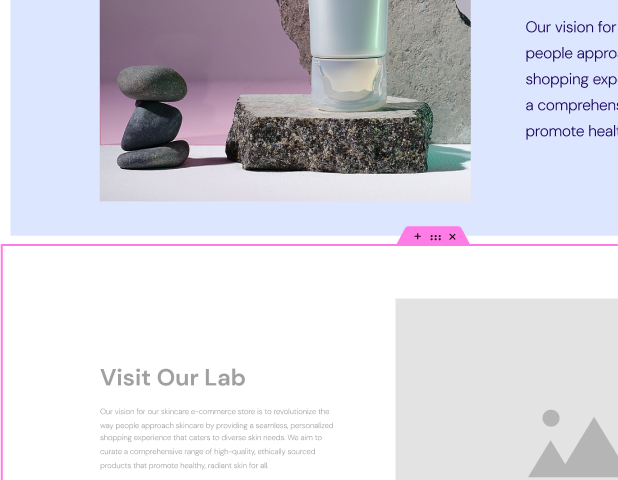
- Prompt your Code & Add Custom Code, HTML, or CSS with ease
- Generate or edit with AI for Tailored Images
- Use Copilot for predictive stylized container layouts
- Craft or Translate Content at Lightning Speed
Top-Performing Website
- Super-Fast Websites
- Enterprise-Grade Security
- Any Site, Every Business
- 24/7 Expert Service

Top-Performing Website
- Super-Fast Websites
- Enterprise-Grade Security
- Any Site, Every Business
- 24/7 Expert Service
- Drag & Drop Website Builder, No Code Required
- Over 100 Widgets, for Every Purpose
- Professional Design Features for Pixel Perfect Design
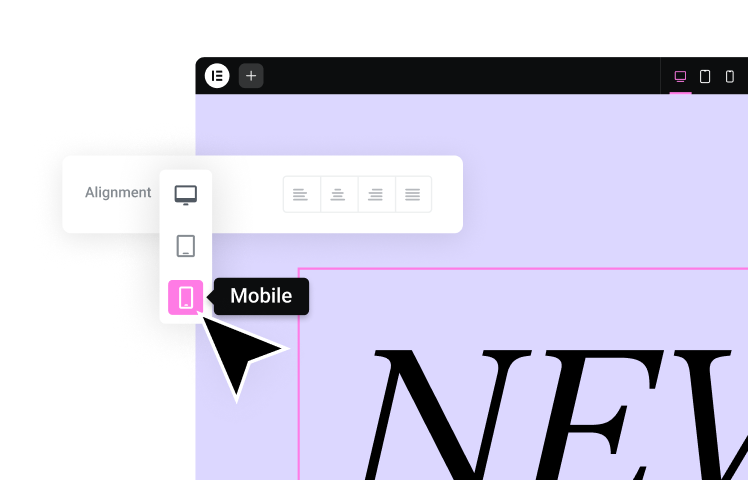
- Drag & Drop Website Builder, No Code Required
- Over 100 Widgets, for Every Purpose
- Professional Design Features for Pixel Perfect Design
- Marketing & eCommerce Features to Increase Conversion
- Ensure Reliable Email Delivery for Your Website
- Simple Setup, No SMTP Configuration Needed
- Centralized Email Insights for Better Tracking

- Ensure Reliable Email Delivery for Your Website
- Simple Setup, No SMTP Configuration Needed
- Centralized Email Insights for Better Tracking
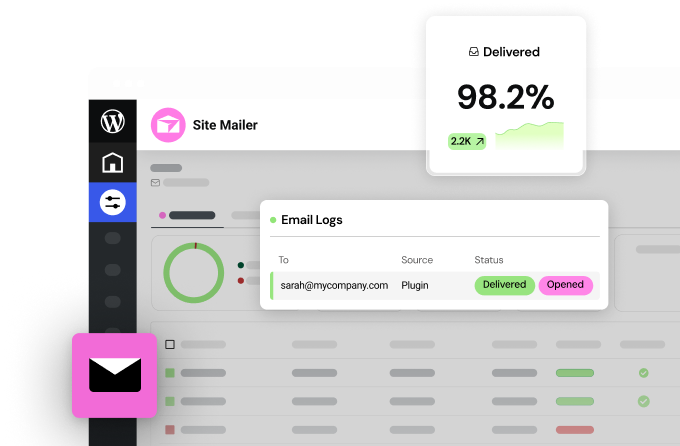
- Ensure Reliable Email Delivery for Your Website
- Simple Setup, No SMTP Configuration Needed
- Centralized Email Insights for Better Tracking
General Best Times to Post: Starting Points and Common Wisdom
While your specific audience data is paramount, there are some generally observed trends about when people tend to watch YouTube. Think of these as helpful starting points if you have a new channel with limited data, or if you just want a baseline to compare your own analytics against.
Weekday vs. Weekend Performance
People’s routines change significantly between weekdays and weekends, and their YouTube habits often follow suit.
- Weekdays (Monday-Friday): Viewership often starts picking up in the afternoon. Think about typical schedules: people might take breaks during work or school, commute home, or unwind after dinner. This often leads to peak viewing times clustering in the late afternoon and evening hours, say from 3:00 PM to 9:00 PM local time. Posting slightly before these peaks (e.g., 1:00 PM to 4:00 PM) can give YouTube time to index your video and start showing it as viewers become more active. Early mornings are generally slower.
- Weekends (Saturday-Sunday): Schedules are more relaxed. People might sleep in later but also have more free time during the day. Peak viewing times can sometimes start earlier on weekends, perhaps from late morning through the afternoon (e.g., 10:00 AM to 4:00 PM). Evenings can still be strong, but the daytime window is often broader than on weekdays.
Remember, these are broad generalizations. The nature of your content might also play a role. How-to videos might perform well during the day when people are actively working on projects, while entertainment content might peak in the evening.
Optimal Time Windows: Common Recommendations
Based on these general trends, many studies and experts suggest certain windows as potentially optimal, assuming a largely domestic audience in your time zone:
- Best Days Generally Cited: Thursday, Friday, Saturday, Sunday. Mid-to-late week seems to capture audiences winding down from work/school and heading into their free time.
- Common “Sweet Spot” Times:
- Late Afternoon Weekdays: ~2:00 PM – 5:00 PM
- Evening Weekdays: ~6:00 PM – 9:00 PM
- Late Morning/Early Afternoon Weekends: ~10:00 AM – 3:00 PM
Why these times? The logic connects back to daily routines:
- Catching people during their end-of-workday break or commute.
- Reaching them as they relax after dinner.
- Appearing in feeds when they have leisure time on weekends.
A word of caution: These are general guidelines. Relying solely on them without checking your own analytics is like navigating with a map of the wrong city. Use them as a starting hypothesis, but always verify with your channel’s specific data.
General data suggests that late afternoons and evenings on weekdays, along with late mornings and afternoons on weekends, are often peak YouTube viewing periods. Posting a couple of hours before these anticipated peaks (e.g., 2-5 PM weekdays, 10 AM-1 PM weekends) is a common starting strategy. However, these are just starting points; your channel’s specific analytics data is far more reliable.
Using YouTube Analytics: Your Personalized Timing Guide
We touched on the “When your viewers are on YouTube” report earlier, but let’s dive deeper into how to truly leverage YouTube Analytics for pinpointing your best posting times. This is where you move from general advice to personalized strategy.
Accessing and Interpreting Your Audience Activity Data
Let’s walk through finding and understanding that crucial report again, step-by-step:
- Log in to YouTube Studio.
- On the left-hand navigation menu, click Analytics.
- Click the Audience tab at the top.
- Scroll down until you find the card titled “When your viewers are on YouTube.” (Note: If your channel is very new or has very little traffic, this report might not have enough data to display yet. Keep posting consistently!)
Understanding the Chart:
- You’ll see a grid representing the days of the week and the hours of the day.
- The color intensity (usually purple) indicates viewer volume.
- Faint/No Color: Very few of your viewers are on YouTube at this time.
- Light Purple: Some of your viewers are active.
- Dark Purple: Many of your viewers are active – these are your peak times!
- Hover your mouse over specific blocks to see the exact day and hour and the relative activity level (“Few viewers,” “Some viewers,” “Many viewers”).
What to Look For:
- Consistent Peaks: Are there specific days and times that are always dark purple? These are your prime candidates for posting.
- Shoulder Times: Look at the hours just before the darkest peaks. These are often highlighted as excellent times to publish.
- Dead Zones: Identify the times with consistently faint or no color. Avoid posting during these periods if possible.
Example Interpretation: If you consistently see dark purple bars from Wednesday to Friday between 6:00 PM and 9:00 PM your local time, that’s a strong indicator. You might also see lighter purple starting around 4:00 PM on those days.
Refining Your Posting Schedule Based on Data
Okay, you’ve found your peak times in the analytics report. Now what?
- Post Before the Peak: The most common expert advice is to publish your video 1 to 2 hours before the peak activity starts.
- Why? This gives YouTube’s algorithm time to index your video and process it. It also allows your video to start gathering initial views and engagement signals as the bulk of your audience is coming online. When the peak hits, your video is already live and potentially gaining momentum.
- Example: If your peak is 7:00 PM – 9:00 PM, try posting around 5:00 PM or 6:00 PM.
- Consider Initial Engagement: YouTube’s algorithm heavily values how a video performs in its first few hours. Posting just before your audience arrives maximizes the chance for that crucial early engagement (likes, comments, watch time).
- Consistency vs. Chasing Peaks: While optimizing for peak times is smart, consistency is also incredibly important for building an audience. Viewers like predictability.
- Find a time slot that works well based on your data and that you can reliably hit week after week (or whatever your frequency is).
- If your “absolute peak” time is inconvenient for you to publish consistently, choosing a slightly less optimal but still strong time that you can stick to might be better in the long run.
- Don’t drastically change your posting time every single week unless you’re specifically running a test. Find a good slot and stick with it for a while.
YouTube Analytics, specifically the “When your viewers are on YouTube” report, is your best friend for finding personalized posting times. Access this report in YouTube Studio under the Audience tab. Identify the peak activity hours (dark purple bars) for your specific viewers. Aim to publish your videos 1-2 hours before these peak times begin to allow for indexing and to catch the wave of incoming viewers. Balance this optimization with a consistent, predictable schedule your audience can rely on.
Advanced Timing Strategies and Considerations
Once you’ve mastered the basics of using analytics, you can start thinking about more nuanced strategies and factors that might influence your optimal posting time.
Content Type Considerations
Does the type of video you’re posting affect the best time to publish it? Possibly. While your audience’s general activity pattern is the main driver, consider these nuances:
- News/Timely Topics: If your video covers current events or breaking news, speed is often more important than hitting a specific peak time. Get the information out while it’s relevant. Viewers seeking timely updates will find it.
- Tutorials/How-To: These might perform well during daytime hours (both weekday and weekend) when people are actively working on projects or looking for solutions. Posting mid-morning could capture this intent.
- Entertainment/Vlogs: Often align well with standard peak leisure times – evenings and weekends.
- Educational Content (Long Form): Might benefit from weekend posting when viewers potentially have more time for in-depth watching.
- Live Streams: Scheduling these definitely requires knowing when your audience is most likely to be available and actively participate. Poll your audience or use the activity report heavily here.
Think about when someone would be in the mindset to watch your specific type of content and factor that into your decision alongside your analytics data.
Day-Specific Nuances
Is posting at 4:00 PM on a Tuesday the same as 4:00 PM on a Friday? Maybe not.
- Fridays: Often see high engagement as people wind down for the weekend. Friday afternoons/evenings can be prime slots.
- Mondays: Can sometimes be slower as people get back into the work/school week. However, some audiences might check YouTube during their Monday commute or evening wind-down.
- Mid-Week (Tues-Thurs): Can be very consistent. Look closely at your analytics to see if one of these days stands out slightly more than others.
Don’t obsess over tiny differences, but if your analytics show a clear preference for, say, Thursday evenings over Tuesday evenings, lean into that.
Posting Frequency Impact
How often you post can also influence your timing strategy:
- Daily Posting: If you post daily, hitting the exact same time might be less critical than maintaining the daily rhythm. However, sticking to a consistent time slot (e.g., always 4:00 PM) helps set audience expectations. You might choose a time that’s generally good across all days based on your analytics.
- Weekly Posting: You have more flexibility to pinpoint the absolute best day and time based on your analytics (e.g., that Thursday 7:00 PM peak). Consistency on that chosen day/time becomes even more important.
- Infrequent Posting: If you post less often, maximizing the impact of each upload is crucial. Definitely aim for those 1-2 hours before your documented peak viewing times. You might also want to promote the upcoming video more heavily.
Beyond general analytics, consider how content type might influence viewing habits (e.g., news vs. tutorials). Look for day-specific trends in your data – Fridays might differ from Mondays. Your posting frequency also plays a role; weekly posts allow for more precise optimization, while daily posts prioritize rhythm alongside a generally good time slot.
Tools and Resources for Timing Your Posts
While YouTube Analytics is your primary tool, a few other resources and considerations can help refine your strategy.
YouTube Studio: Your Command Center
It bears repeating: YouTube Studio is essential. Master the Analytics > Audience tab. Regularly check the “When your viewers are on YouTube” report and your demographic data. It’s free, built-in, and tailored specifically to your channel. Make it a regular part of your workflow.
Third-Party Analytics and Scheduling Tools
Several external tools offer YouTube analytics and scheduling features. Examples include platforms like SocialPilot, Hootsuite, Buffer, Sprout Social, VidIQ, and TubeBuddy.
- Potential Benefits:
- Cross-Platform Management: If you’re active on multiple social media sites, these tools can offer a unified dashboard.
- Advanced Analytics: Some offer different ways to visualize data or provide competitive analysis (use competitor features cautiously and ethically).
- Scheduling Features: While YouTube has its own scheduling function (which works perfectly well!), these tools might offer more advanced scheduling options or bulk uploading capabilities.
- Considerations: These tools often come with a subscription cost. Evaluate if the extra features provide enough value beyond what YouTube Studio offers natively. For timing specifically, they often pull data from the YouTube API, meaning the core “when viewers are active” data originates from YouTube itself.
These tools can be helpful workflow additions, but they aren’t strictly necessary just for figuring out your best posting time. YouTube Studio gives you the core data you need.
Connecting YouTube to Your Website: The Elementor Angle
Here’s where timing interacts with your broader online presence. Let’s say you use Elementor to build and manage your website – maybe it hosts your blog, portfolio, or online store. Your YouTube channel is a powerful tool to drive traffic to that website. How does posting time fit in?
Imagine this scenario:
- You’ve created a fantastic tutorial video showing how to achieve a specific web design effect.
- On your Elementor-built website, you have a detailed blog post expanding on the tutorial, perhaps with code snippets or downloadable templates. Or maybe the video promotes a product available on your Elementor/WooCommerce store.
- You plan to publish the YouTube video and want maximum impact, including driving viewers to your site.
Timing Synergy:
- Publish the Video: Use your YouTube Analytics data to choose the optimal time to publish the video (e.g., 1-2 hours before peak viewer activity).
- Prepare Your Website: Ensure the corresponding blog post or product page on your Elementor site is live, polished, and ready before the video goes live. Use Elementor’s intuitive editor to make sure the landing page looks great and loads fast.
- Clear Call-to-Action (CTA): In your video (verbally and via on-screen graphics/cards) and, crucially, in the video description, include a clear CTA and a direct link to the relevant page on your Elementor website. Place the link prominently near the top of the description.
- Coordinated Promotion: You might even announce the video launch on social media or to your email list, linking both the video and the website page, timed around the video’s publication.
By posting your YouTube video when your audience is most active, you maximize initial views. By having your Elementor site ready and linking to it effectively, you create a seamless path for engaged viewers to visit your site, read more, download resources, or make a purchase. The right YouTube timing amplifies the traffic potential for your Elementor-powered web presence. It’s about making all parts of your digital strategy work together effectively.
YouTube Studio is your core tool for timing data. Third-party tools can offer broader social media management but aren’t essential just for timing. Crucially, coordinate your YouTube posting schedule with your website goals. If you use Elementor, time your video launches to drive maximum traffic from engaged YouTube viewers directly to relevant, well-designed pages on your site by linking effectively in your video description.
Best Practices for YouTube Posting Times
So, you’ve analyzed your audience, explored general times, dived into analytics, and considered advanced factors. What are the key takeaways and actionable best practices?
Consistency is King (or Queen!)
While finding the “perfect” minute might seem appealing, a consistent and predictable posting schedule is often more valuable in the long run.
- Audience Expectations: Regular viewers learn when to expect new content. If you always post on Thursdays at 5:00 PM, your loyal fans will start looking for your videos around that time.
- Algorithm Signals: Consistency signals to YouTube that you’re an active and reliable creator. While not officially confirmed as a direct ranking factor, channel health and regularity are generally seen as positive indicators.
- Your Workflow: It’s also easier for you to maintain a schedule you can realistically stick to.
Find a time slot that works well based on your data and commit to it for a period.
Experimentation and Testing: Fine-Tuning Your Schedule
The digital landscape changes, and so does audience behavior. Don’t just “set it and forget it.” Periodically test your assumptions.
How to Test Effectively:
- Form a Hypothesis: Based on your analytics, hypothesize a potentially better time slot. (e.g., “My data shows a secondary peak on Saturday mornings. I hypothesize that posting then might perform as well as my current Thursday evening slot for certain types of content.”)
- Change One Variable: Keep the type of video and promotion strategy consistent. Only change the posting day/time for a set number of uploads.
- Allocate Enough Time: Test the new time slot for at least 3-4 videos to get reliable data. One video’s performance can be an anomaly.
- Track Key Metrics: For each video in the test, closely monitor:
- Views in the first 24-48 hours
- Audience retention
- Engagement rate (likes, comments per view)
- Click-through rate (CTR) from impressions
- Analyze Results: Compare the performance metrics of videos posted at the new time versus your standard time. Did the change make a positive, negative, or negligible difference?
- Decide and Iterate: Based on the results, either stick with your original time, switch to the new time, or perhaps test another variation.
Engage With Your Audience Directly
Sometimes, the simplest approach works wonders: Ask your viewers!
- Use the Community Tab: Post a poll asking when they prefer to watch new videos.
- Ask in Your Videos: Towards the end of a video, mention you’re curious about the best times and ask viewers to leave a comment.
- Check Comments: Look for comments where viewers mention when they are watching (e.g., “Watching this on my lunch break!”).
This qualitative feedback can provide valuable context alongside your quantitative analytics data.
Announce Your Schedule
Once you settle on a consistent schedule, let people know!
- Mention it in your channel banner or “About” section.
- Remind viewers at the end of your videos (“New videos every Thursday at 5 PM!”).
- Use the Community Tab to post reminders about upcoming uploads.
This helps build anticipation and reinforces your reliability as a creator.
Prioritize a consistent posting schedule that your audience can rely on. However, don’t be afraid to experiment methodically by testing different time slots and tracking performance. Engage directly with your audience through polls and comments to get their input. Finally, clearly communicate your chosen posting schedule to your viewers.
Potential Challenges and Considerations
Optimizing your posting time is powerful, but it’s not a magic bullet, and there are factors to keep in mind.
Algorithm Changes
The YouTube algorithm is complex and constantly evolving. What works best today might change slightly tomorrow. A major algorithm update could potentially shift the importance of initial traction or how videos are recommended, indirectly impacting how much posting time matters. Stay informed about general YouTube platform updates, but focus on the fundamentals: creating great content and understanding your audience analytics, which tend to remain relevant.
Audience Fluctuations and Growth
As your channel grows, your audience demographics might shift. What worked when you had 1,000 subscribers might need adjustment when you reach 100,000. New viewers might come from different time zones or have different habits. Make it a habit to revisit your YouTube Analytics (Audience tab) regularly (e.g., monthly or quarterly) to see if your viewer activity patterns or top geographies have changed significantly. Adjust your schedule accordingly if needed.
The Global Audience Dilemma
If you have a truly diverse, global audience spread across many time zones, finding one “perfect” posting time is nearly impossible. Someone will always be asleep.
Strategies for Global Audiences:
- Find the Overlap/Compromise: Look for a time when the largest clusters of your audience are awake, even if it’s not peak time for any single group. The “When your viewers are on YouTube” report still helps identify the overall busiest times for your entire viewer base.
- Focus on Your Primary Market: If 70% of your audience is in North America, optimize for North American time zones first.
- Consider Multiple Uploads (Advanced): Some creators with huge global followings might experiment with releasing content targeted at specific regions at different times, but this adds significant complexity. Not usually recommended for most channels.
- Leverage YouTube Premieres: Schedule a Premiere for a time that works reasonably well for a large portion of your audience. This creates a live event feel and allows viewers from different time zones to tune in simultaneously and interact in the chat. Announce the Premiere time well in advance.
- Focus on Evergreen Content: Great content has a long shelf life. While initial timing helps, a truly valuable video will continue to gain views over days, weeks, and months, regardless of the exact posting hour.
Competition vs. Visibility
Posting during peak hours means your audience is active, but it also means many other creators are posting too. Your video might face more competition for attention in subscriber feeds and recommendations. Posting during slightly off-peak but still active times might offer a slight edge in visibility with less immediate competition, though potentially a smaller initial audience pool. This is another reason why testing (as mentioned in Best Practices) is valuable.
Be aware that the YouTube algorithm changes, potentially affecting timing impact. Your audience isn’t static; revisit analytics regularly as your channel grows. Managing a global audience requires compromise or focusing on primary markets; YouTube Premieres can help. Finally, understand the trade-off between posting at peak times (more viewers, more competition) versus slightly off-peak times (potentially less competition, slightly smaller initial pool).
Conclusion: Finding Your YouTube Sweet Spot
Figuring out the best time to post on YouTube isn’t about finding a single magic hour that works for everyone. It’s about understanding your specific audience and making data-informed decisions.
Here’s the core strategy:
- Know Your Viewers: Dive into YouTube Analytics. Understand their demographics (age, location) and, most importantly, use the “When your viewers are on YouTube” report to see their activity patterns.
- Start Smart: Use general peak times (late afternoons/evenings weekdays, broader times weekends) as initial guidance if needed, but prioritize your own data.
- Target Pre-Peak: Aim to publish your videos 1-2 hours before your identified peak audience activity times to maximize initial traction.
- Stay Consistent: Choose a schedule you can stick to reliably. Audience predictability is crucial.
- Test and Refine: Don’t be afraid to experiment with different times, track your results meticulously, and adjust based on data.
- Engage and Announce: Ask your audience for feedback and clearly communicate your posting schedule.
- Connect the Dots: Think about how your YouTube timing supports other goals, like driving traffic to your Elementor-built website, by coordinating launches and using clear calls-to-action.
By following these steps, you move beyond guesswork and start strategically leveraging timing to help your videos reach more people, gain momentum faster, and ultimately contribute to your channel’s success. It takes a little effort to analyze the data, but the potential payoff in viewership and engagement is well worth it. Now go check your analytics and find your perfect posting window!
Looking for fresh content?
By entering your email, you agree to receive Elementor emails, including marketing emails,
and agree to our Terms & Conditions and Privacy Policy.
